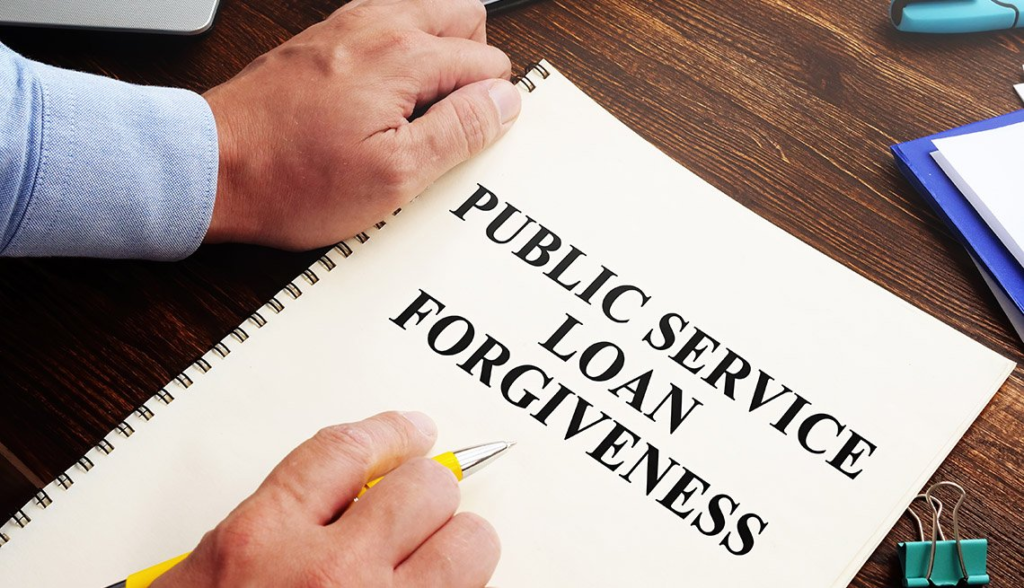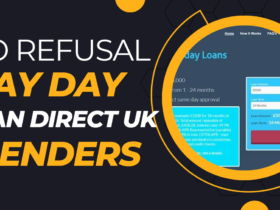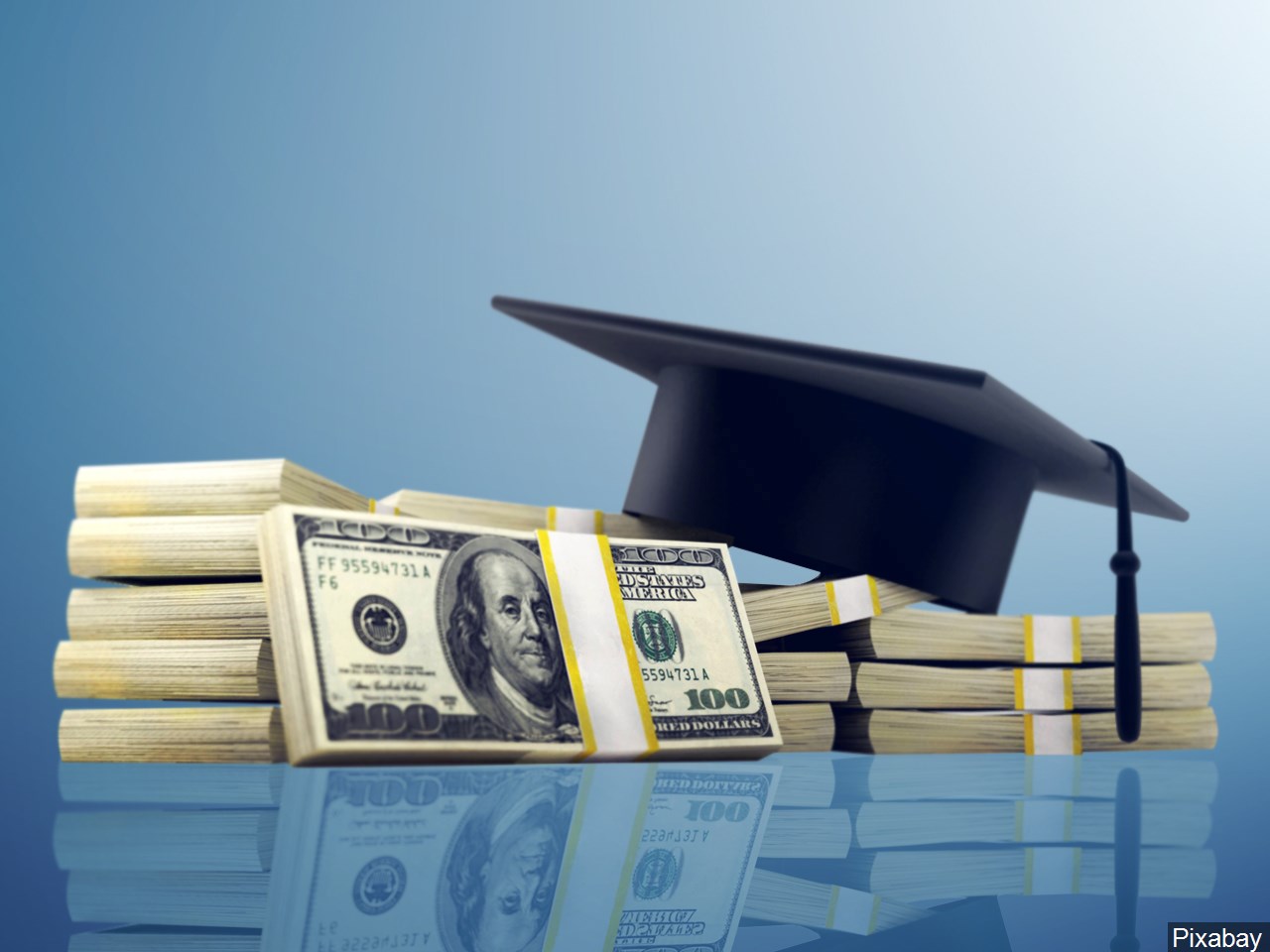Student Loan Forgiveness Update, after being rejected by the Supreme Court, President Biden’s student loan forgiveness plan remains on track and on Monday the Education Department issued draft rules targeting five categories of borrowers.
The agency has also made adjustments to existing programs that will benefit millions of borrowers.
Borrower Defense to Repayment

Borrower Defense to Repayment provides students and former Student Loan Forgiveness Update who were victims of defraud by colleges or career schools the chance to have their federal student loan debt forgiven. This program was created specifically to aid those who were falsely led into thinking the quality of education received at their institution was subpar, something often found at for-profit colleges.
The government provides clear instructions and an application form on its website to make applying for this type of debt forgiveness easy, while under President Biden it has become even simpler due to expanding eligibility categories of misconduct for debt discharge, as well as adding more categories of wrongful conduct as potential grounds for debt discharge.
New rules make it more likely that Corinthian and ITT Tech graduates will qualify for Student Loan Forgiveness Update under this program, while also changing how debt relief calculations were determined for partial borrower defense loan cancellation approvals, helping 72,000 borrowers receive over $1 billion in cancellations.
Borrowers who wish to apply for a borrower defense to repayment discharge must have applied for their loans prior to any allegations of misconduct, and have been approved by the Department of Education for this type of relief. It may be possible to submit another application, but each case will be individually considered – potentially including requests for further information and evidence in order to assess it further.
Public Student Loan Forgiveness Update

Public Service Loan Forgiveness, Student Loan Forgiveness Update or PSLF, was initiated in 2007 to honor and encourage federal employees and non-profit organizations who take part in public service work by forgiving any remaining federal student loan balances they owe. To qualify, borrowers must make 120 qualifying payments while employed full time with one of these employers – these payments don’t need to be consecutive, but must all come from their Direct Loan account.
However, many borrowers have experienced frustration due to the stringent requirements and slow start of this program. So far only a fraction of eligible borrowers have seen their Student Loan Forgiveness Update.
But under President Biden’s administration, efforts are underway to correct this situation. Through its Limited PSLF Waiver policy, the Department of Education will assess timelines for millions of borrowers who had their forgiveness denied or were left off track due to technical errors.
As part of your journey towards PSLF, it is crucial that borrowers stay up-to-date with its evolving rules and eligibility requirements. A Student Loan Forgiveness Update specialist can assist in understanding these regulations as well as any options that might be available to you – schedule your free consultation today with GradFin to start!
Pay As You Earn Repayment

Even as excitement mounts about Student Loan Forgiveness Update, borrowers should remember that income-driven repayment plans like PAYE and Revised Pay As You Earn (REPAYE) still carry some hidden costs. Reduced payments in these plans result primarily from lengthening your loan term from 10 to 20-25 years; as a result you’ll pay less interest overall but your monthly payment won’t make much of a dent on principal balances compared to standard 10 year plans.
As with the 10-year Standard Repayment Plan, any remaining unpaid balance on your Pay As You Earn plan will be forgiven after 20 years instead of 25. Additionally, loan deferments or forbearances don’t count toward forgiveness (though some might qualify for PSLF’s Temporary Expanded Public Service Loan Forgiveness program). It is also important to remember that with Pay As You Earn plans any unpaid balances will be forgiven after two decades as opposed to 25 – it all depends on how your income changes.
To qualify for the Pay As You Earn plan, borrowers who took out federal direct loans after Oct. 1, 2007 and meet other criteria – such as working in an eligible sector – must meet. Your monthly payment amount will vary each year based on income and family size but won’t exceed what would have been due under a 10-year Standard Repayment Plan. Should you opt to continue this plan for 20 years, any remaining debt could potentially be forgiven without tax consequences; but any taxes due would likely apply on what was forgiven.
Income-Based Repayment
Employing income-driven repayment plans (IDR) as an avenue to lower monthly payments and eventually qualify for Student Loan Forgiveness Update may find their loans being forgiven more rapidly due to an adjustment by the Department of Education. The one-time account adjustment rewrites how repayments count towards IDR forgiveness, meaning more time in IDR plans and during periods of forbearance count towards loan forgiveness than would otherwise.
IDR fixes only affect those currently enrolled in PAYE, REPAYE, IBR and SAVE payment plans and do not impact those currently in delinquency or default. Borrowers will still need to recertify their income information each year; should their income increase or they forget, their monthly payments could increase accordingly.
More research needs to be conducted on the effects of these changes, including qualitative work that explores borrowers’ perspectives and experiences with IDR. Unfortunately, it seems as though this change undermines one of IDR’s primary goals – to prevent Student Loan Forgiveness Update in perpetuity by making payments more manageable within income limits – by forcing borrowers to pay taxes on amounts forgiven by the IRS – so it is crucial that no taxes are levied against forgiven loan balances.












Leave a Reply